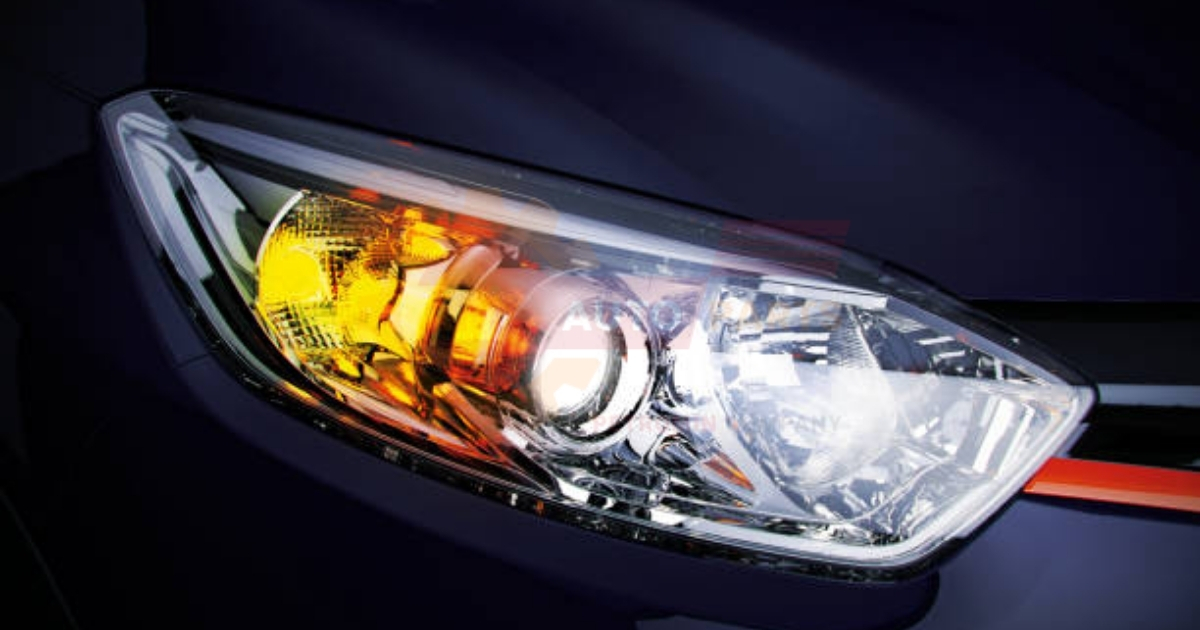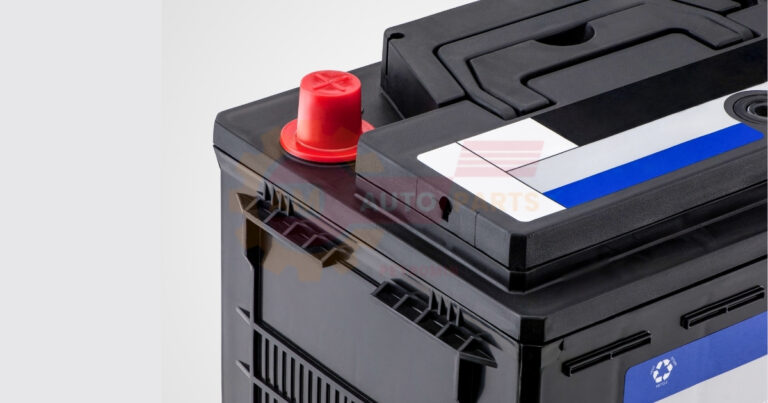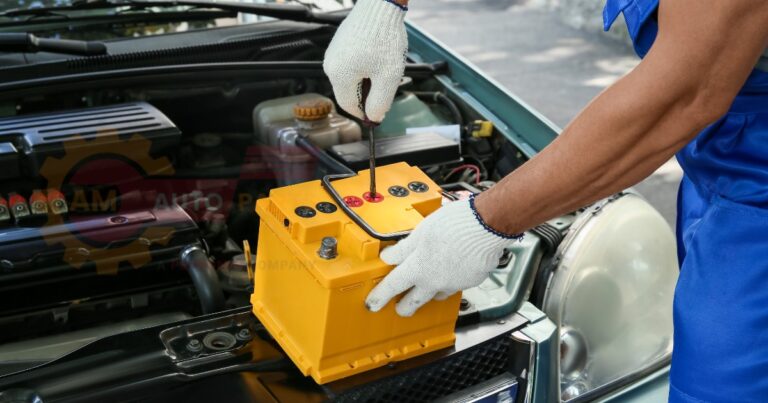What Keeps Draining My Car Battery: Common Causes and Solutions
Understanding Car Battery Drain
A car battery is essential for starting your vehicle and powering various electrical components. However, battery drain can be a frustrating issue for many drivers. Understanding the types of battery drain and distinguishing between normal and excessive discharge is crucial for maintaining your vehicle’s health.
Types of battery drain
Battery drain can occur in two main forms: normal discharge and parasitic drain. Normal discharge happens when your car is in use, powering various systems. Parasitic drain, on the other hand, occurs when your vehicle is turned off but still drawing power from the battery.
Normal vs. excessive battery discharge
While some level of battery discharge is normal, excessive drain can lead to a dead battery and leave you stranded. Normal discharge typically occurs during regular vehicle operation, while excessive discharge often results from electrical issues or human error.
- Normal discharge:
- Powering the starter motor
- Running lights and accessories while driving
- Operating the alternator
- Excessive discharge:
- Faulty alternator
- Parasitic draw from electrical components
- Leaving lights or accessories on when the car is off
Top Reasons for Car Battery Depletion
Understanding the common causes of battery drain can help you identify and address issues before they leave you with a dead battery. Let’s explore some of the top reasons for car battery depletion.
Leaving headlights or interior lights on
One of the most common reasons for battery drain is human error. Forgetting to turn off your headlights or interior lights can quickly deplete your battery, especially if left on overnight.
Parasitic draw from electrical components
Modern vehicles have numerous electrical components that can continue to draw power even when the car is off. While some parasitic draw is normal, excessive drain can occur due to faulty components or wiring issues.
Loose or corroded battery connections
Poor battery connections can lead to inefficient charging and increased drain. Loose or corroded terminals can prevent your alternator from properly charging the battery, leading to gradual depletion over time.
- Common sources of parasitic draw:
- Faulty alternator
- Malfunctioning relay switches
- Aftermarket accessories
- Damaged wiring
Environmental Factors Affecting Battery Life
The environment in which you operate your vehicle can significantly impact battery life and performance. Understanding these factors can help you take preventive measures to protect your battery.
Extreme temperatures and their impact
Both hot and cold temperatures can affect battery performance and lifespan. Extreme heat can cause battery fluid to evaporate, while cold temperatures can reduce battery capacity and make it harder for the engine to start.
Effects of humidity and moisture
High humidity and moisture can accelerate corrosion on battery terminals and connections. This corrosion can lead to poor electrical contact and increased resistance, resulting in inefficient charging and faster battery drain.
Temperature Range | Impact on Battery |
Below 32°F (0°C) | Reduced capacity, harder starts |
32°F to 80°F (0°C to 27°C) | Optimal performance |
Above 95°F (35°C) | Increased fluid evaporation, shorter lifespan |
Driving Habits That Drain Your Car Battery 
Your driving habits can significantly impact battery life and performance. Being aware of these habits can help you make adjustments to prolong your battery’s lifespan.
Frequent short trips
Short trips prevent your battery from fully recharging, as the alternator doesn’t have enough time to replenish the power used during startup. Over time, this can lead to a chronically undercharged battery.
Extended periods of inactivity
Leaving your car unused for extended periods can cause the battery to slowly discharge. Without regular recharging from the alternator, the battery may eventually lose enough charge to prevent the car from starting.
- Tips for maintaining battery health:
- Take longer drives periodically to allow full recharging
- Use a battery maintainer during extended periods of inactivity
- Start your car at least once a week if not in regular use
Identifying Signs of a Failing Battery
Recognizing the early signs of a failing battery can help you address issues before they leave you stranded. Pay attention to these common indicators of battery problems.
Slow engine crank
If you notice your engine cranking more slowly than usual when starting, it could be a sign of a weakening battery. This occurs when the battery doesn’t have enough power to turn the starter motor quickly.
Dimming lights and electrical issues
A failing battery may struggle to provide consistent power to your vehicle’s electrical systems. You might notice dimming headlights, dashboard lights, or other electrical components behaving erratically.
- Additional signs of battery failure:
- Swollen battery case
- Sulfur smell near the battery
- Check engine light or battery warning light illuminated
Diagnosing Battery Drain Issues
When faced with persistent battery drain, it’s essential to diagnose the issue accurately. Here are some methods to help you identify what keeps draining your car battery.
Using a multimeter to test battery voltage
A multimeter can help you measure your battery’s voltage, providing insight into its overall health and charge level. A fully charged battery should read around 12.6 volts when the engine is off.
Performing a parasitic draw test
A parasitic draw test can help identify excessive current draw when your vehicle is off. This test involves using an ammeter to measure the current flow between the battery and the car’s electrical system.
Battery Voltage | State of Charge |
12.6V or higher | 100% |
12.4V | 75% |
12.2V | 50% |
12.0V | 25% |
11.9V or lower | Discharged |
Preventive Measures to Avoid Battery Drain
Taking proactive steps to maintain your battery can help prevent unexpected drain and extend its lifespan. Implement these preventive measures to keep your battery in top condition.
Regular battery maintenance
Routine maintenance can help ensure your battery performs optimally. This includes cleaning terminals, checking fluid levels (in non-sealed batteries), and inspecting for signs of damage or corrosion.
Proper charging techniques
Using the correct charging methods can help maintain your battery’s health. Avoid overcharging, which can damage the battery, and ensure you’re using a charger appropriate for your battery type.
- Battery maintenance checklist:
- Clean terminals and connections
- Check and top up fluid levels (if applicable)
- Inspect for physical damage or swelling
- Test voltage regularly
- Secure battery in place to prevent vibration damage
When to Replace Your Car Battery 
Knowing when to replace your car battery can save you from unexpected breakdowns and costly repairs. Understanding the average lifespan of car batteries and recognizing signs of failure can help you make timely replacements.
Average lifespan of car batteries
Most car batteries last between 3 to 5 years, depending on various factors such as climate, driving habits, and maintenance. However, some high-quality batteries from reputable manufacturers like AM Autoparts may last longer with proper care.
Signs it’s time for a new battery
Several indicators can suggest it’s time to replace your battery. These include difficulty starting the engine, frequent jump-starts, and visible signs of damage or corrosion. Battery protection automotive keeps car batteries safe from damage It helps batteries last longer and work better in vehicles Automotive Power Source is what makes cars and trucks move It can be gasoline electricity or other types of fuel that give vehicles energy
Automotive power longevity refers to how long a car’s engine and battery can last Improving automotive power longevity helps vehicles run better for a longer time Lithium hydride composition
Automotive cell creation involves making special batteries for electric cars These batteries are designed to power vehicles and help them run without gasoline Automotive Power Solutions provide energy to run cars and trucks These systems include batteries engines and other parts that make vehicles move
Battery voltage measurement Checking how much power is left in a battery by measuring its electrical force Car batteries deteriorate over time as they are used and recharged repeatedly This gradual decline affects their ability to hold a charge and power the vehicle
Battery health percentage Automotive electrical measurement helps check if car parts that use electricity are working right It uses special tools to test things like batteries wires and lights in vehicles Jumpstart dead battery is a quick way to get your car running again when the battery is out of power You can use special cables to connect your car’s dead battery to another car’s working battery to bring it back to life
Automotive energy solutions help cars and trucks use different types of power to run These solutions include electric batteries hydrogen fuel cells and cleaner fuels for vehicles
- Factors affecting battery lifespan:
- Climate (extreme temperatures)
- Driving habits (short trips vs. long drives)
- Vehicle type and electrical demands
- Maintenance and care
FAQs
What keeps draining my car battery even when the car is off?
Parasitic draw from electrical components is a common cause of battery drain when your car is off. This can be due to faulty alternators, malfunctioning relays, or aftermarket accessories that continue to draw power. In some cases, a worn-out battery may also struggle to hold a charge, leading to frequent draining.
How can I prevent my car battery from draining overnight?
To prevent overnight battery drain, ensure all lights and accessories are turned off before leaving your vehicle. Regularly check for parasitic draw using a multimeter or have a professional perform a draw test. Additionally, consider using a battery maintainer for vehicles that sit idle for extended periods to keep the battery charged.
Can a bad alternator cause my car battery to keep draining?
Yes, a faulty alternator can cause your car battery to keep draining. The alternator is responsible for charging the battery while the engine is running. If it’s not functioning properly, it may fail to recharge the battery sufficiently, leading to gradual depletion. This can result in repeated instances of a drained battery, even after jump-starting or recharging.
How often should I replace my car battery to avoid drainage issues?
Most car batteries last between 3 to 5 years, but this can vary depending on factors like climate, driving habits, and maintenance. Regular testing of your battery’s voltage and capacity can help determine when it’s time for a replacement. If you notice signs of weakening performance, such as slow engine cranking or dimming lights, it may be time to consider a new battery from a reputable supplier like AM Autoparts.
What should I do if my car battery keeps draining even after replacing it?
If your new battery keeps draining, there may be an underlying electrical issue in your vehicle. Start by checking for parasitic draw using a multimeter or have a professional perform a comprehensive electrical system diagnosis. Common culprits include faulty alternators, damaged wiring, or malfunctioning components that continue to draw power when the car is off. Addressing these issues promptly can help prevent further battery drain and extend the life of your new battery.






